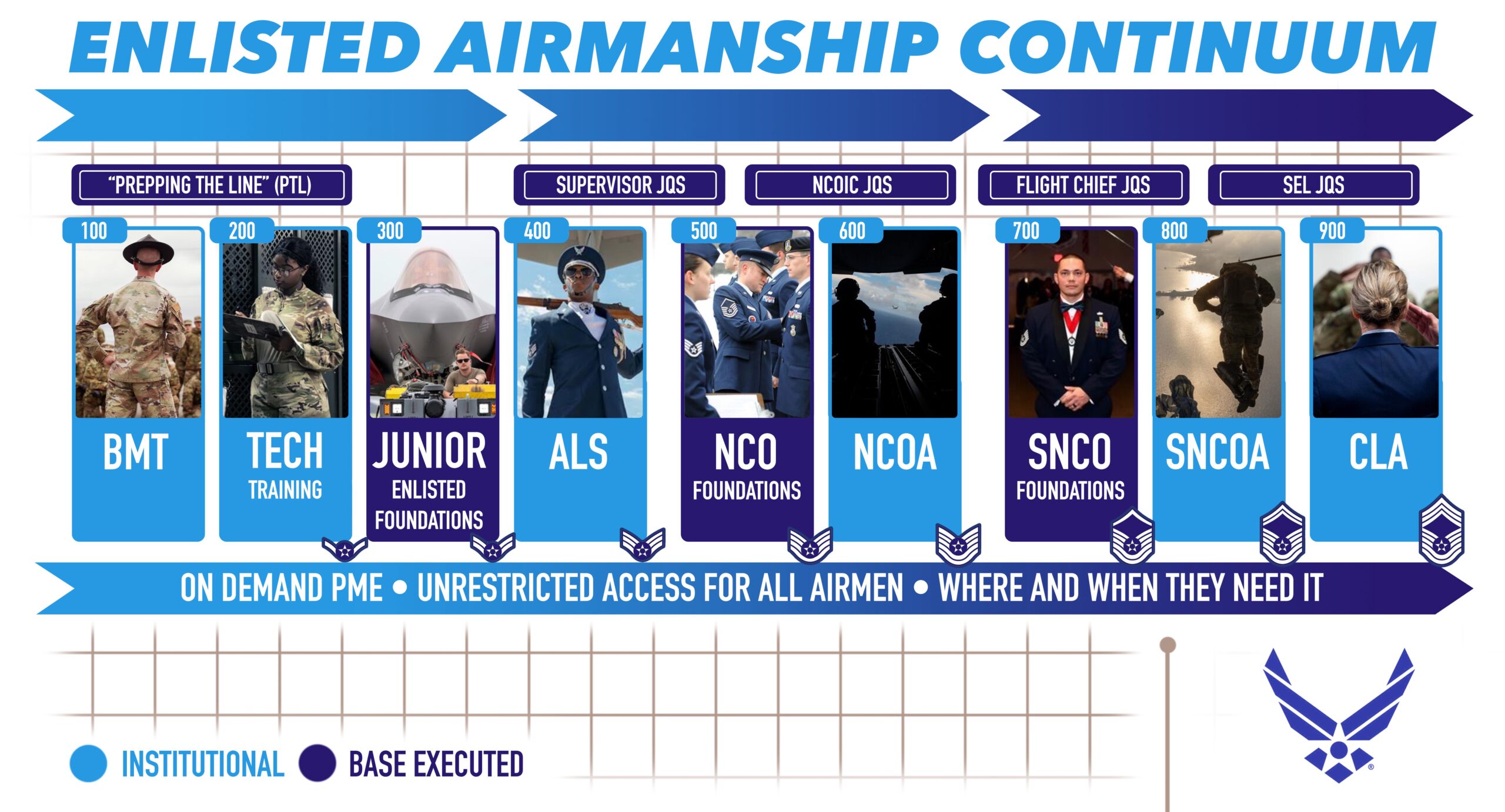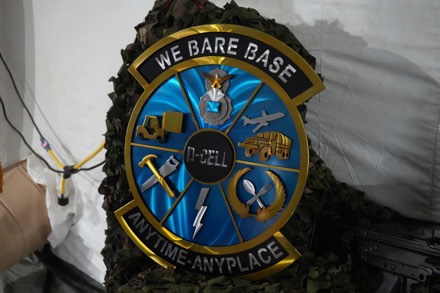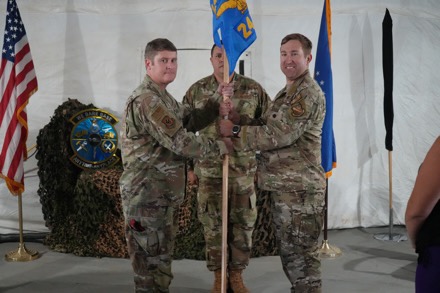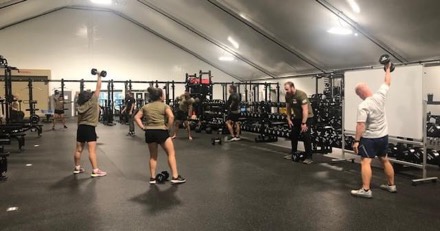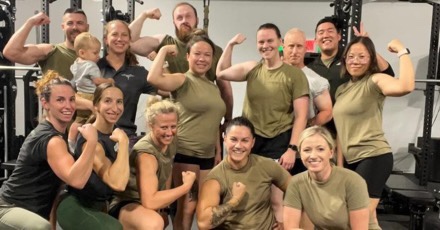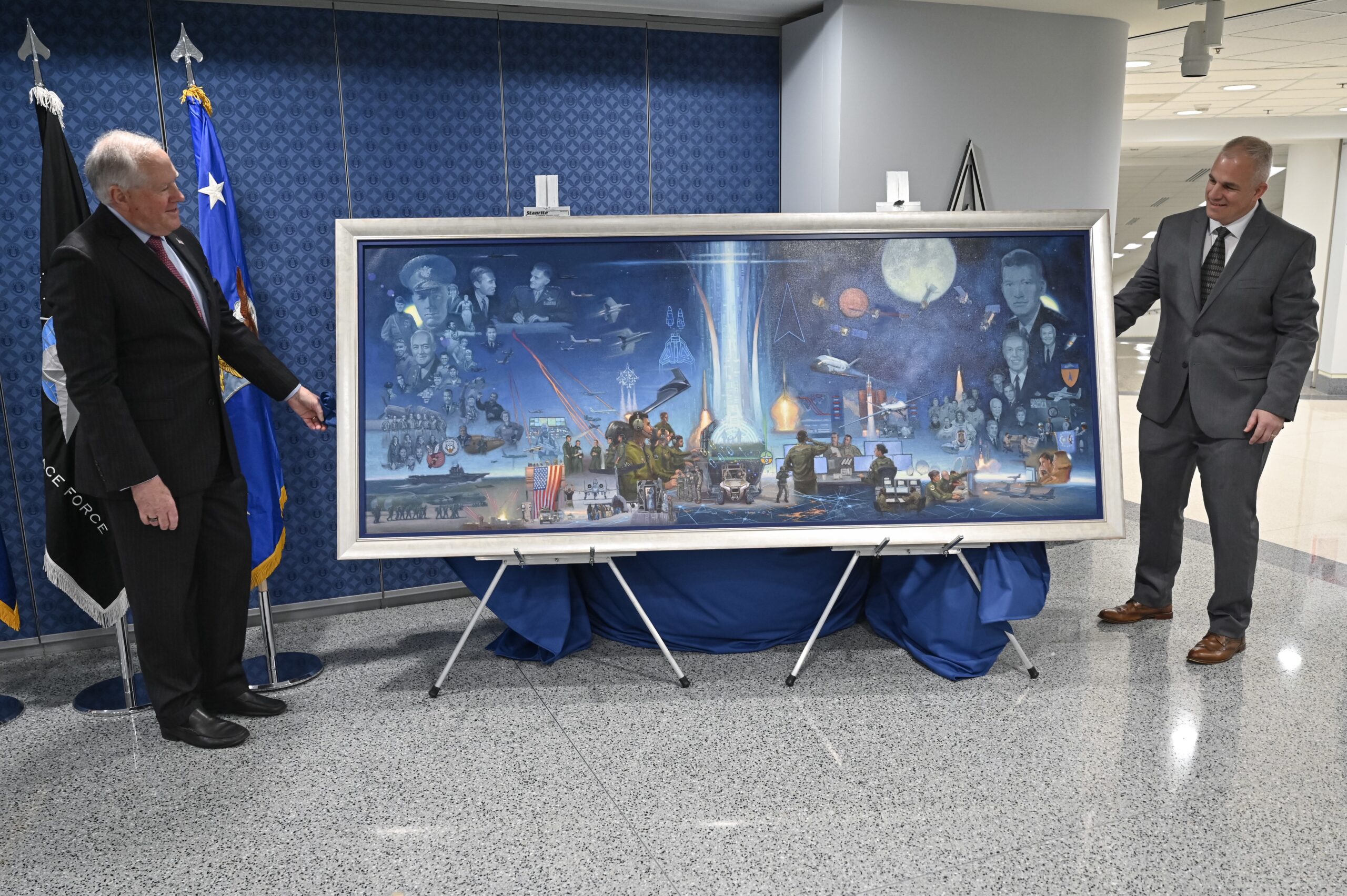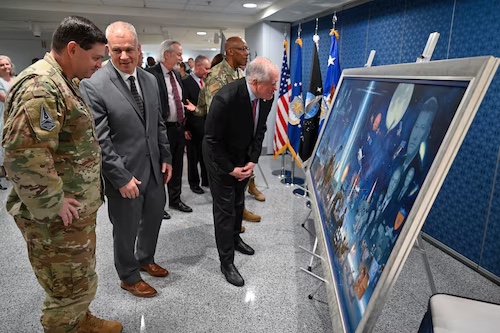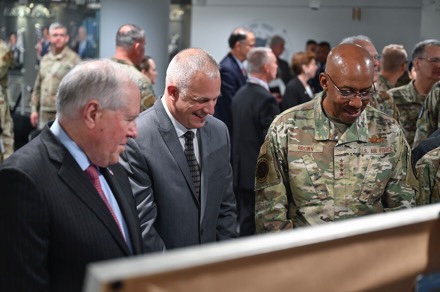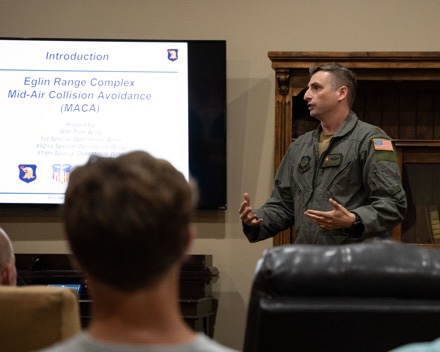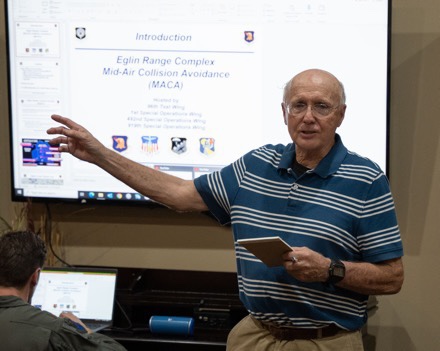VILLAMOR AIR BASE, Philippines — At the request of the government of the Philippines, the 505th Training Squadron located at Hurlburt Field, Florida, sent a team of U.S. Air Force Air Operations Center Formal Training Unit instructors to Villamor Air Base, Philippines, from Aug. 10-19. The instructors trained twenty-eight members of the Philippine Air Force’s 300th Air Intelligence and Security Wing and 5th Fighter Wing. The bilateral training focused on joint planning processes; intelligence, surveillance, and reconnaissance fundamentals; and best practices for ISR support to operations.
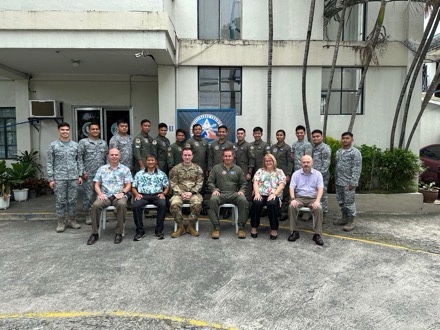
The 705th Training Squadron and the 505th Combat Training Squadron, located at Hurlburt Field, Florida, and Pacific Air Forces Intelligence Operations Division assisted the 505th Training Squadron.
“We couldn’t have done this mission without the support of PACAF/A2 and without the support of our sister squadrons,” said U.S. Air Force Lt. Col. Jason Gossett, 505th TRS commander. “Our intelligence professionals are always in high demand, and when we saw how much intel training the PAF was requesting, we reached out to our partners to get the right blend of expertise.”
In a brief graduation ceremony, PAF students expressed their gratitude for the unique and focused training.
In the closing remarks, U.S. Air Force Lt. Col. David Jones, 505th TRS director of operations and mobile training team lead, said, “The United States and the Philippines became formal allies with the signing of the National Defense Treaty of 1951, and with the changing geopolitical environment, we are as committed as ever to our allies and partners in the Pacific. Many of us have strong personal and professional ties to the Philippines, and we were honored to come out and support this mission.”
“This training has offered exceptional chances to engage and build connections with fellow instructors and intelligence professionals who share our interests,” said Philippine Air Force Brigadier General Torres, 300th AISW commander “In our swiftly evolving world, adaptability is paramount. Training fosters our capacity to remain versatile and receptive to fresh concepts, technologies, and methodologies.
“Through the enriching five-days of training, we’ve established a robust network that fosters collaborations and invaluable partnerships, benefiting both the 300th Air Intelligence and Security Wing and the Philippine Air Force.”
The 505th TRS is responsible for preparing graduates to operate the AOC Weapon System, graduating more than 1,600 joint and coalition personnel annually. The squadron teaches 13 initial qualification courses (including an Integrated Air and Missile Defense Course), an AOC Fundamentals Course, a Joint Air Operations C2 Course, and an Academic Instructor Course. Graduates from the 505th TRS serve in all combatant commands.
505th Training Squadron located at Hurlburt Field, Florida, sent a team of U.S. Air Force Air Operations Center Formal Training Unit instructors to Villamor Air Base, Philippines, from Aug. 10-19, 2023. The instructors trained twenty-eight members of the Philippine Air Force’s 300th Air Intelligence and Security Wing and 5th Fighter Wing. The bilateral training focused on joint planning processes; intelligence, surveillance, and reconnaissance fundamentals; and best practices for ISR support to operations.
Story by Deb Henley
505th Command and Control Wing
Public Affairs


